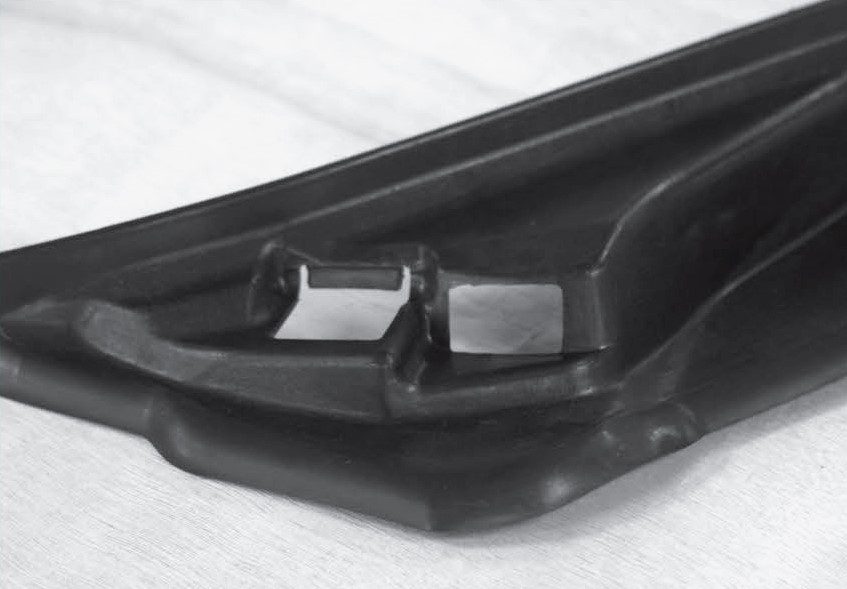The Concept and Application of Draft Angle in Injection Molding

Creating high-quality prototypes or end-use parts efficiently requires collaborating with a company skilled in injection molding services. This method offers quicker turnaround and cost savings compared to traditional tooling, but success hinges on designing parts suitable for the process, especially in terms of draft angles.
In injection molding, adapting designs to include proper draft angles is key. While engineers and designers might prefer straight, perpendicular models for their simplicity, injection molding demands designs that allow for clean ejection from the mold. Ignoring this can affect the part’s appearance, fit, and functionality. This guide will focus on the importance of draft angles, a crucial aspect for effective injection molding.
What is a draft angle?
A draft angle is a taper applied to the vertical parts of an injection-molded component. Its primary purpose is to facilitate the release of the part from the mold, making it a critical element for custom injection-molded parts. For optimal functionality, the draft angles should be oriented towards both the core and cavity sides of the mold to minimize damage and ensure smooth ejection.
Why are draft angles important?
During injection molding, molten plastic fills the cavity of a closed die and then shrinks within the mold as it cools. This shrinkage causes the material to grip the core of the mold. Without adequate draft angles, parts can suffer scratches, and the mold may experience increased wear and tear, shortening its lifespan. Moreover, improper ejection can interrupt production and raise costs for injection molding services if manual removal from the mold becomes necessary.
Benefits of incorporating draft angles:
- Prevents warping of the part’s geometry
- Extends the mold’s lifespan
- Improves the surface finish of plastic parts
- Reduces manufacturing costs and cooling times
- Designing draft angles effectively
Effective design of draft angles depends on the specific needs of the part:
- Cavities and deep pockets require steeper draft angles to counter friction and vacuum during ejection.
- The texture of the part dictates the minimum draft angle. Smooth surfaces might need only slight tapering, while lightly textured ones require a 1-5-degree draft. More complex textures like snakeskin or leather typically need a 5-12-degree draft, along with micro-undercuts.
Need guidance? Let our experts at HLH Prototypes assist you with designing draft angles. Contact us to learn more about our injection molding services, or submit your project for a free review and quote.
